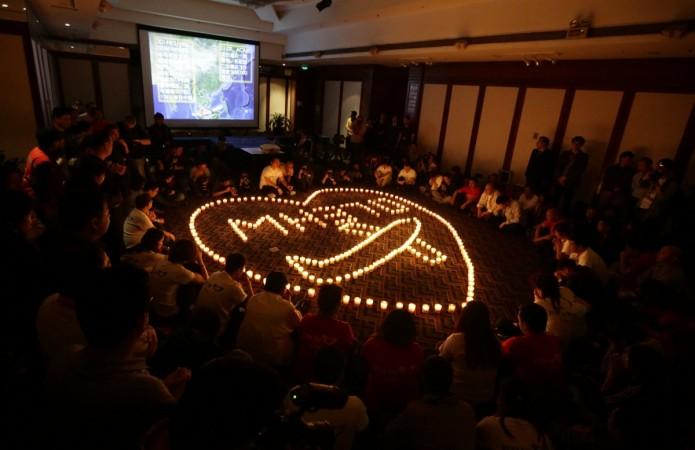
After three months of fruitless hunt for the missing Malaysia airlines flight MH370, Australia on Wednesday decided to hand over the daunting task of finding the aircraft to a private contractor, who will now have to scour the Indian Ocean down to a depth of 6,000 meters.
According to the tender documents, released by the Australian Transport Safety Bureau (ATSB), the next phase of the search for the plane -- which disappeared in the wee hours of 8 March, an hour in its journey from Kuala Lumpur to Beijing -- could take up to a year.
This comes a week after Australian officials declared that the area where acoustic signals or pings --thought to have been linked to the missing Malaysian flight were detected-- was not the final resting place of the aircraft.
The massive international search team found nothing, after the Bluefin-21 submersible robot was used to scale through every inch of the ocean floor, in what seemed to be three months of desperate attempts to find an answer to the most bizarre aviation mystery in recent history.
The Malaysian government last week also took appropriate measures to console the ever increasing anxiety of family members by releasing the raw satellite data, which was used to conclude that the missing Malaysia airlines flight MH370 crashed in the Southern Indian Ocean.
After the sonar equipment had picked up a series of 'pings' in April, military ships and aircraft from half a dozen countries had been intensively searching that area. Frustration and anger among family members of the passengers onboard the ill-fated plane, have only grown ever since – as answers refused to appear in the mystifying puzzle.
Based on the satellite and other data, however, the location of where the plane possibly crashed is still thought to be somewhere in Southern Indian Ocean.
Inviting bids to contractors to undertake "an intensified underwater search" starting late August, the ATSB said a specialist company would be engaged as a prime contractor, working under the directions of the board. The company would be expected to "bring together and manage the expertise, equipment and vessels to carry out the search".
The announcement comes just as researches at Curtin University in Perth earlier said that low-frequency underwater noises were heard off India's southern tip about the time MH370 mysteriously disappeared on 8 March.
The researchers said they detected the mysterious noise that could have emanated from the sound of an airplane impact. The sounds were recorded by two undersea receivers in the Indian Ocean.
Meanwhile, a British woman who was sailing from Kochi to Phuket around the same time MH370 had vanished, has claimed that she may have seen the plane on fire.









